Skim coat Plastering Contractor
Looking for a reliable and skilled plastering contractor?
We deliver top-notch plastering services in the heart of NYC. From plaster repairs to custom plaster finishes, our team is equipped to handle a wide range of plastering services to enhance the beauty and durability of your space. With a focus on customer satisfaction and a passion for the craft, we are here to bring your plastering vision to life with unparalleled skill and expertise.
With years of experience in the plastering industry, we are dedicated to providing superior plastering solutions tailored to meet the unique needs of each project, whether big or small.
Our Services
Whether you are in need of skim coat applications to achieve a smooth and flawless finish or repairs to restore the integrity of your walls or ceilings, our professional plasterers have the expertise to deliver exceptional results.
We transform any space with our superior plastering services. From residential to commercial projects, our team is dedicated to providing top-notch craftsmanship and customer satisfaction. With our commitment to excellence and years of experience in the industry, you can trust us to deliver outstanding results that exceed your expectations.
Skim coating is a more affordable alternative to traditional plastering. This process can be used on most types of walls, including brick, concrete, and plasterboard. Skim coating is also perfect for adding texture and color to a wall that you want to cover up.
We will be able to not only repair walls and ceilings made from plaster, we will skim coat them as well.
How much will it cost for a skim coat on a two bedroom, 1,100 square foot living space?
This will depend on several factors.
The price will be based on the condition of the walls. If they are cracked or unstable more work will have to be done. Parts of the wall will need to be removed and rebuilt. If there are concrete beams exposed on the ceiling the job will be more labor intensive and will cost more. The price will also depend on if a person is looking to get a hard finish with strong base coat or will be happy with ready mixed finish plaster.
The average cost will be about $1,000 per room. Repair to the walls as well as the skim coating take a lot of time and labor. Drywall is not a good choice since it is different from the texture of the existing wall. It will not properly adhere to the wall and will not look right.
SKIM COATING is the preferred method to use on heavy plaster or walls that are uneven. These walls will be coated with BASE-COAT PLASTER. After BASE-COAT is set, Veneer Finish will be installed as final uniform, monolithic, smooth surface with excellent wear resistance. No sanding is required for plaster walls.
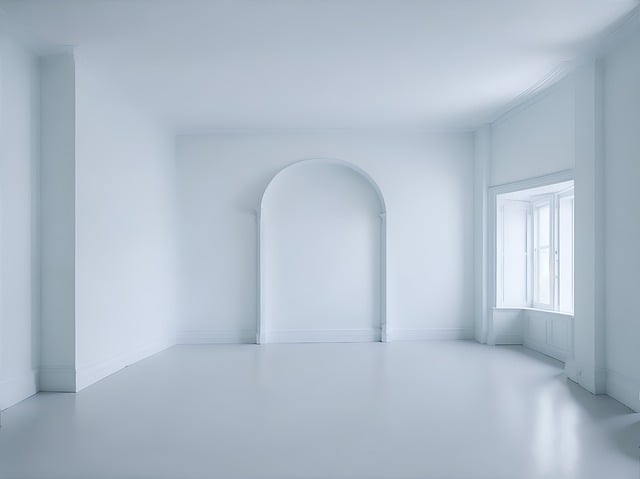

Why Choose Us
With years of expertise in the industry, we are dedicated to delivering superior craftsmanship and exceptional service to each client. One major factor that sets us apart is our unwavering commitment to excellence in wall repair. Whether it’s a small patch or a complete overhaul, our skilled professionals have the knowledge and experience to handle any plastering project with precision and care.
Our team members are not only experts in their craft but also possess a passion for exceeding client expectations. From the initial consultation to the final touches, you can rest assured that every aspect of your plastering project will be handled with the utmost professionalism and diligence.
Our Process: Step-by-Step Guide to Our Plastering Services
We begin by assessing the project requirements and discussing the design preferences with the customer. Next, our skilled team of plasterers carefully prepares the surfaces by cleaning, priming, and ensuring all necessary repairs are made before applying the plaster. We expertly apply the plaster, smoothing out any imperfections to create a flawless finish that exceeds expectations.
After the plaster has been applied, our team meticulously inspects the work to guarantee quality and uniformity throughout the project. Any final touches or adjustments are made to perfect the surface before it is left to dry and set properly. Once the plaster has cured, our professional team conducts a final inspection to ensure the project meets our high standards of craftsmanship.
What is skim coat?
Skim coating plaster is a simple and inexpensive solution to create a smooth, professional finish. Skim coating is a process that involves applying a thin layer of plaster to the surface of a wall or ceiling. It is often confused with plastered walls, but the difference between the two techniques is that skim coating only involves applying a thin layer to the top.
There are several materials used in plastering. Plaster of Paris is the most commonly used material. It is easy to apply and can be tinted if desired. It dries quickly and is reasonably strong when dry. However, it shrinks as it dries and cracks may occur in the plaster due to this shrinkage, especially if there is a difference in temperature between the inside and outside of the building.
Gypsum plaster is similar to plaster of Paris but contains a different type of gypsum that doesn’t shrink as much when it dries. It is used in the same manner as plaster of Paris, but it is easier to use and makes a lighter-weight wall than plaster of Paris. This type of plaster is commonly used on interior walls because it has a smoother finish than many other types of plaster.
Gypsum plaster is a composite material formed when calcium sulfate hydrates, also known as gypsum, are mixed with water and aggregate. Gypsum plaster consists mainly of gypsum and water with aggregate used to improve its physical properties. The aggregate is most often sand or fine silica sand but may also contain small amounts of lime, cement, or asphalt.
Plaster of Paris is a type of gypsum plaster that is the most widely used plaster in the world. It has been used for thousands of years for making casts of objects and molds for casting metal and other materials.
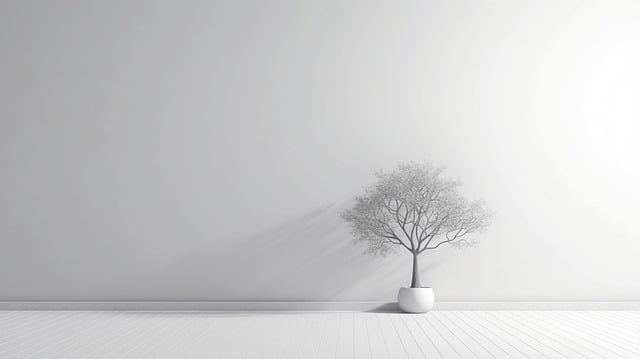
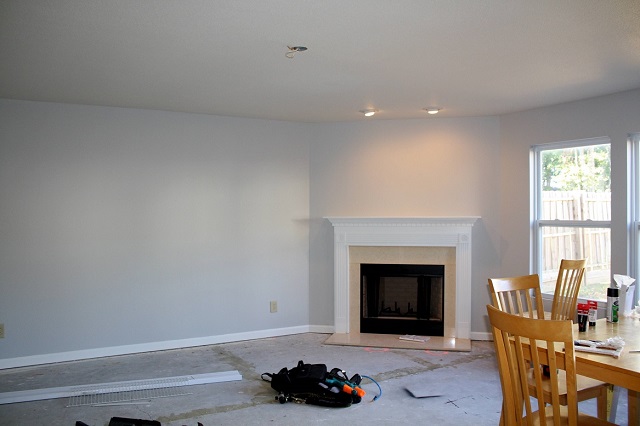
Comparing Regular Plaster, Veneer Plaster, and Drywall Systems
What is Drywall?
The drywall system is a type of wall construction that utilizes sheets of gypsum material to form the exterior wall. A variety of different materials can be used for the interior surface, including plaster, paneling, or lath and plaster.
Drywall systems are commonly used in residential construction to form partition walls. They are also used in commercial construction for a variety of purposes, such as creating fire-resistant walls and soundproofing walls.
Drywall systems are made up of two layers: the core, which is a thick piece of gypsum sandwiched between two sheets of paper and the outer layer, which is a thin white surface.
What is Skim Coat Plaster and Veneer Plaster?
Skim Coat Plaster and Veneer Plaster are both plaster finishes that can be used on walls. Skim coat plaster is a thin layer of plaster that is applied to the surface of walls to create a smooth, uniform finish. It is typically applied over a textured basecoat. Veneer plasters are thin layers of plaster applied to the surface of walls, ceilings or other surfaces as a decorative finish.
Skim coat plasters are often used as a final coat in interior wall finishing because they provide an attractive, durable and easy-to-clean finish for the wall. They can be installed over any type of basecoat and can be easily repaired if chipped or cracked by adding more skim coat plaster.
Veneer plasters are usually applied to surfaces such as walls and ceilings to give them a more natural look.
A plastering system is a building material that is applied to walls and ceilings as a decorative finish. It can be made from cement, lime, or gypsum. Plastering systems can be divided into two categories: drywall and plaster. Drywall systems are made of sheets of paper that are pressed together with glue-like substance called drywall compound.
Drywall Systems vs Regular Plaster and Veneer Plaster
Drywall systems have many advantages over plastering systems because they are easier to install, less expensive, and there is no need for skilled labor. But they also have disadvantages such as the fact that they do not provide as much acoustic insulation and fire protection as plastering systems do.
Plastering systems have many advantages over drywall systems because they provide better acoustic insulation and fire protection than drywall systems do. But they also have a higher price point and require highly skilled labor to install.
Plastering is a process of coating a wall or ceiling with a thin layer of plaster, usually composed of sand, lime, water and sometimes other ingredients.
The benefits of skim coat vs drywall systems are that it is stronger, more durable and water resistant. It also provides better soundproofing and also makes the walls easier to clean.
Drywall systems are a more modern and efficient way of building walls. They can be used as a plastering system or as a veneer plastering system.
The benefits of drywall systems over regular plaster and veneer plaster are:
– Price
– Easier to install
– Flexibility
– Design possibilities
What are the Drawbacks of Using Drywall Systems?
Drywall is a popular building material because it is easy to work with and inexpensive. However, drywall has some disadvantages that you need to be aware of before you start your next project.
The main disadvantage of drywall systems is that they are not fireproof. They can’t be used in any areas where there is a potential for fire or where the temperature can reach more than 350 degrees Fahrenheit.
Another disadvantage with drywall systems is that they are not watertight. This means that they will absorb water and eventually mold will grow on the surface of the drywall, which can cause many health problems for people who live in the house.
The cost of drywall has increased in recent years, which means that the price for drywall installation has increased as well.
There are also other disadvantages to drywall systems. One disadvantage is that they can’t be repaired like plasterboard or wood paneling can be repaired. Another disadvantage to drywall systems is that they cannot be recycled like plasterboard or wood paneling can be recycled.
Which One is Best For Me – Regular Plaster or Veneer Plaster or Drywall System?
The section is about the different types of plastering systems and how they are used.
Regular Plaster
It is the most common type of plastering done in homes. It is cheaper than other types of plasters but it has a shorter life span.
Veneer Plaster
This type of plastering system is not as popular as regular plaster because it requires more time and labor to do, which increases the cost. The upside to this type of plastering system is that it lasts longer than regular plaster.
Drywall System
This type of system provides an easier installation process and can be installed with a smaller crew than other types of plasters, but it doesn’t last as long as Veneer Plaster
It is important to know the differences between these three types of plaster so that you can choose the one that best suits your needs.
Regular plaster is the cheapest type of plaster. It is also the least durable and easiest to install. Regular plasters are made from Portland cement, sand, lime, and water. They are hard enough to be used as a base for veneer plasters or wet system ones like drywall.
Veneer Plaster is more expensive than regular plaster but it’s also more durable and easier to repair in case it gets damaged. Veneers are made from Portland cement, sand, lime, water and an aggregate (gravel). Veneer plasters come in several finishes – smooth finish, textured finish or a combination of both.
So, what to choose, Skim coat plastering or Drywall?
There are people that like the clean look that is offered by drywall. This finish is easy to install and repair. On the other hand plaster walls are durable and add character to the wall. Plaster walls can often be restored.
In older buildings trim and molding go great with the look of plaster walls.
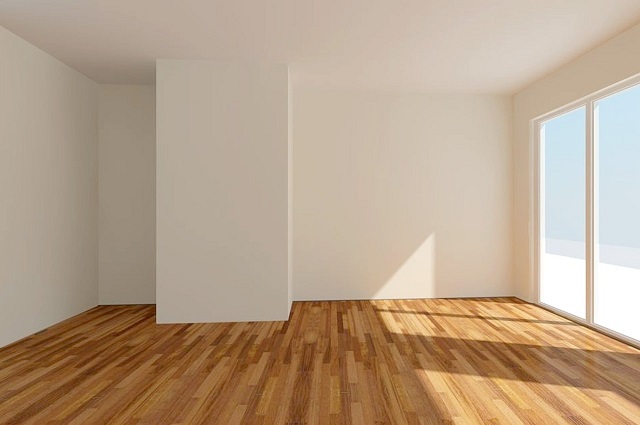
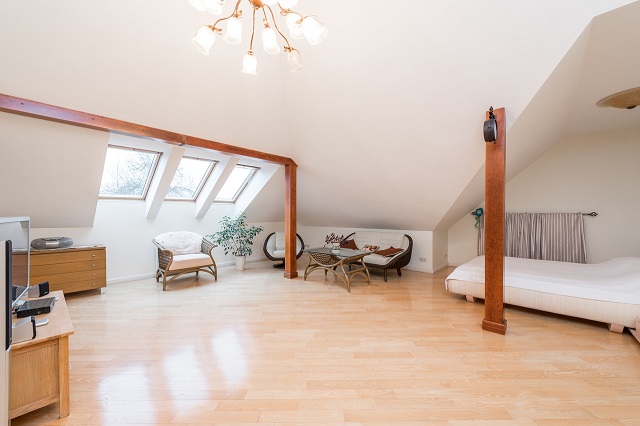
Areas: We Serve in Brooklyn, Queens, and Manhattan
Our professional plastering team caters to an array of neighborhoods across the boroughs of Brooklyn, Queens, and Manhattan. From the bustling streets of Williamsburg to the serene corners of Park Slope, our expertise extends to various locations within the borough. Whether you reside in the artistic hub of Bushwick or the historical charm of Brooklyn Heights, our skilled craftsmen are equipped to deliver top-notch plastering services tailored to your specific needs.
Furthermore, our commitment to excellence extends to areas like Gowanus, DUMBO, and Red Hook, among others. We understand the unique architectural styles and design preferences that characterize each neighborhood in Brooklyn. Rest assured that our team is well-versed in providing meticulous plastering solutions that seamlessly blend with the aesthetic nuances of your location.
Request a Quote: Contact Us for a Free Estimate
Contacting us for a free estimate is the first step towards achieving a beautifully plastered space. Don’t hesitate to reach out to us today to get started on your plastering project with professionalism and precision. Your satisfaction is our top priority, and we are committed to delivering exceptional results every step of the way.
FAQs: Answers to Common Questions About Plastering
When considering plastering services, clients often have several common questions. One frequent query pertains to the durability of plaster compared to drywall. Plaster is known for its longevity and strength, making it a superior choice for finished walls. Another question that arises is about the cost of plastering services. While prices can vary depending on the scope of the project, plastering is generally considered a cost-effective option due to its resilience and timeless appeal. Professional plastering contractors can provide accurate quotes tailored to individual needs, ensuring transparency in pricing and service.
Another common concern among clients is the maintenance of plastered walls. Fortunately, plaster is a low-maintenance material that is easy to clean and repair. Regular dusting and occasional touch-ups can keep plaster looking pristine for years to come. Additionally, clients often inquire about the time frame for completing a plastering project. Professional plastering contractors strive to work efficiently without compromising on quality, providing clear timelines for each stage of the process to ensure a smooth and timely project completion.
Contact Us: Reach Out for Any Inquiries or Bookings
For any inquiries or to book our top-notch plastering services, feel free to get in touch with our team. Customer satisfaction is our top priority, and we are dedicated to providing you with the best plastering solutions tailored to your needs. Whether you have a small repair job or a large-scale plastering project, our experienced professionals are ready to assist you every step of the way.
Get Started: Begin Your Plastering Project with Us Today
Are you ready to transform your space with professional plastering services in Brooklyn? Look no further than our expert team. With a proven track record of delivering high-quality results, we are dedicated to helping you achieve the perfect finish for your walls and ceilings. Whether you are looking to repair existing plaster or create a whole new look, our skilled craftsmen are here to bring your vision to life using the finest materials and techniques available.
When you choose to partner with us for your plastering project, you can expect nothing but excellence from start to finish. From the initial consultation to the final touches, our experienced team will work diligently to ensure that every detail is handled with care and precision. Don’t wait any longer to get started on your plastering project – contact us today to schedule a consultation and take the first step towards enhancing the beauty and durability of your space.
